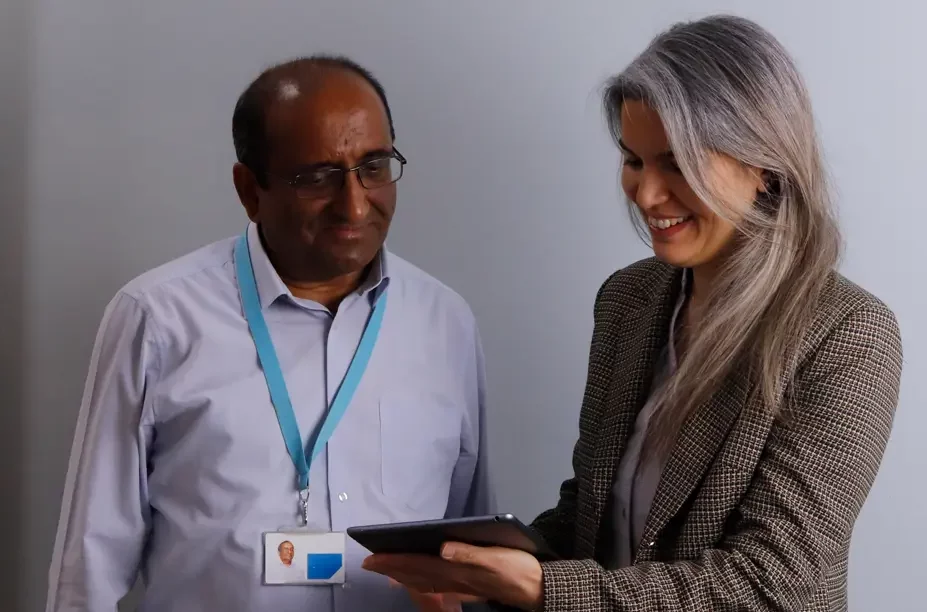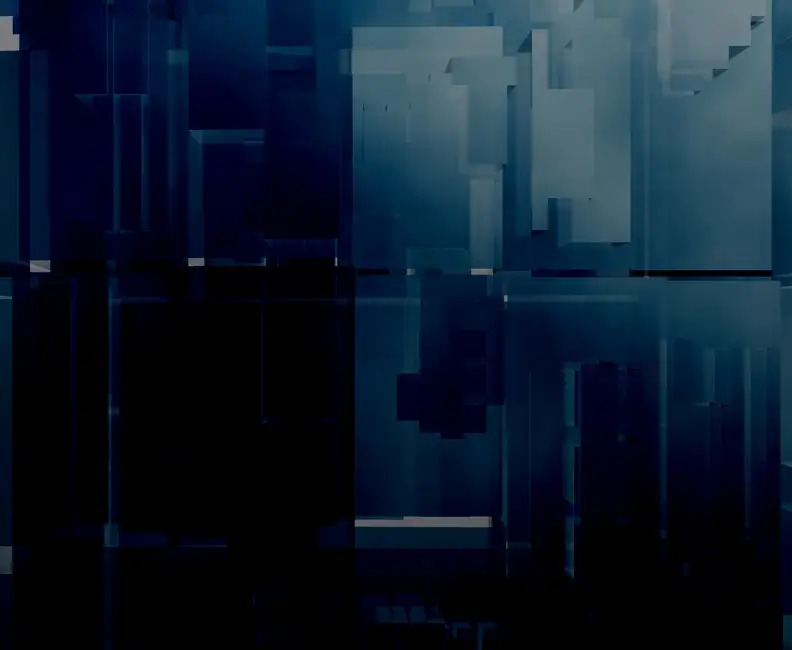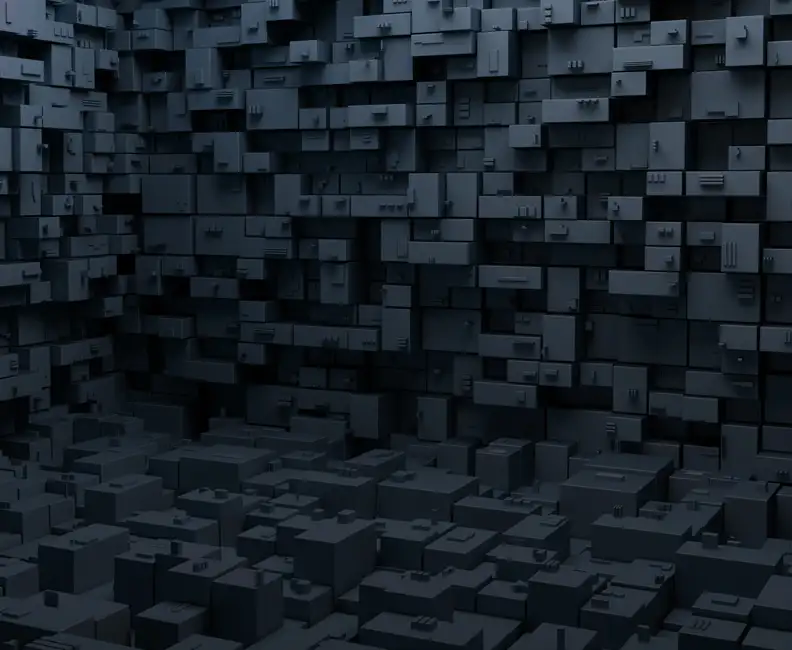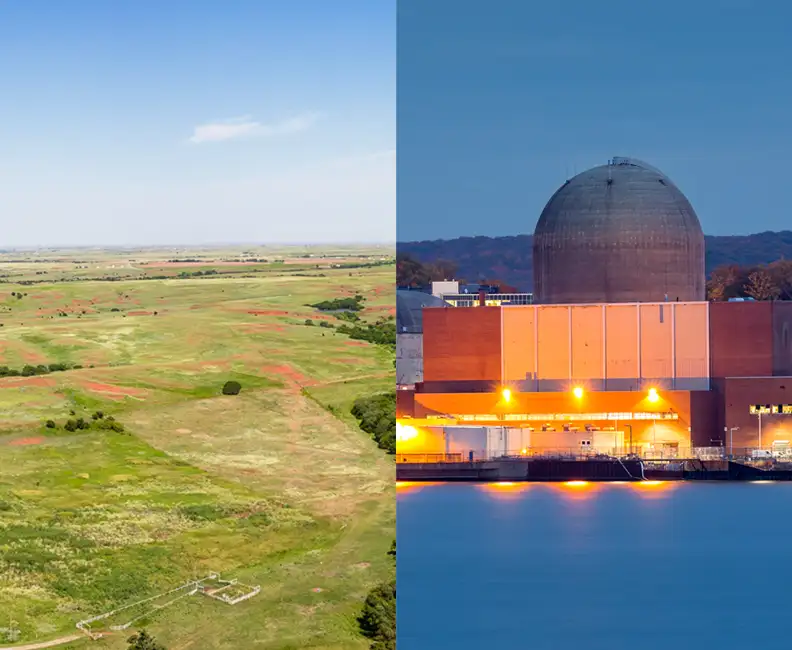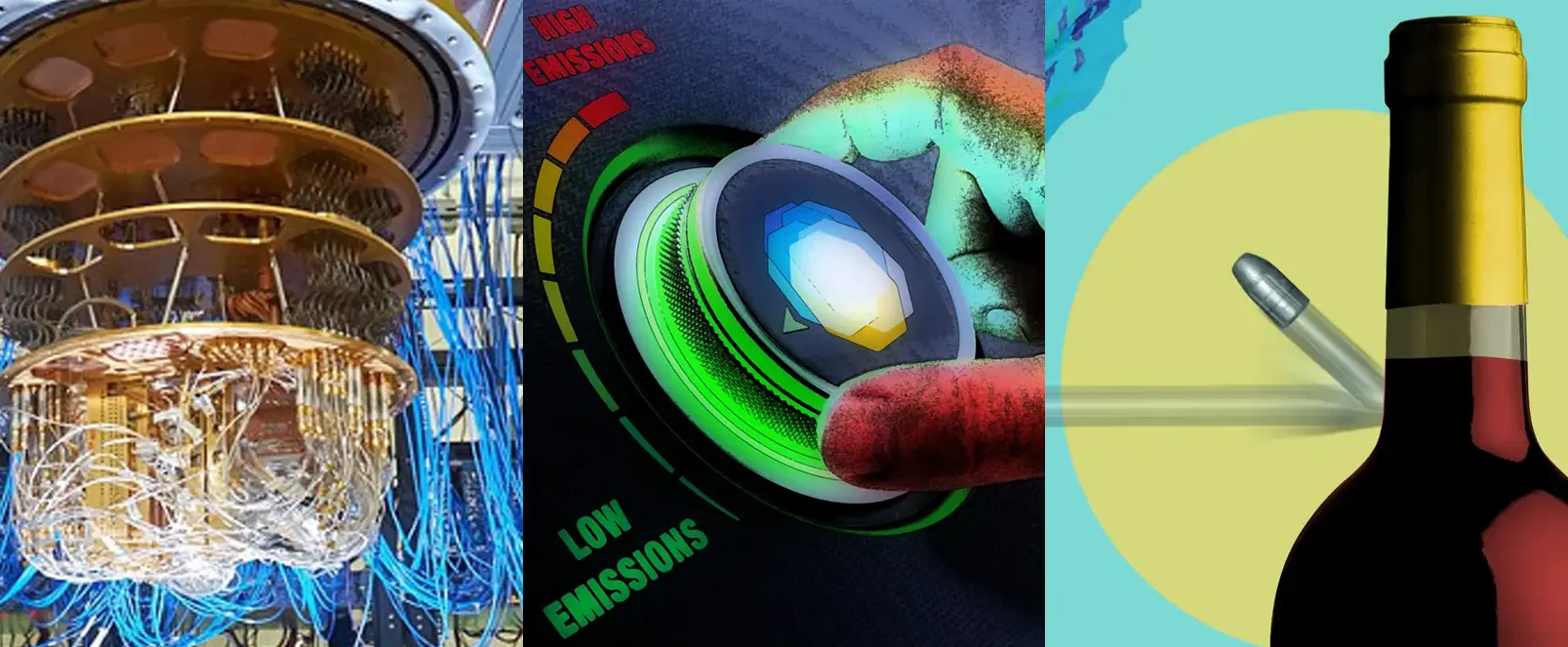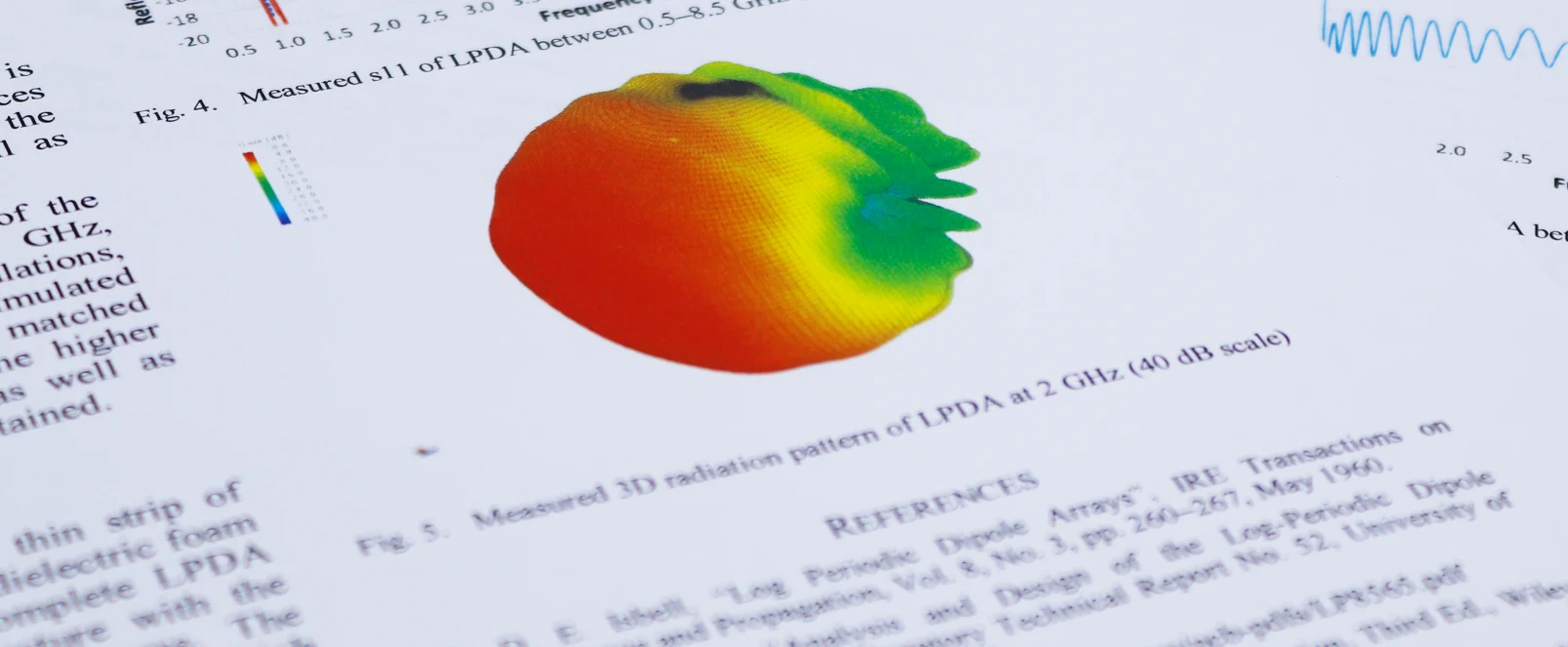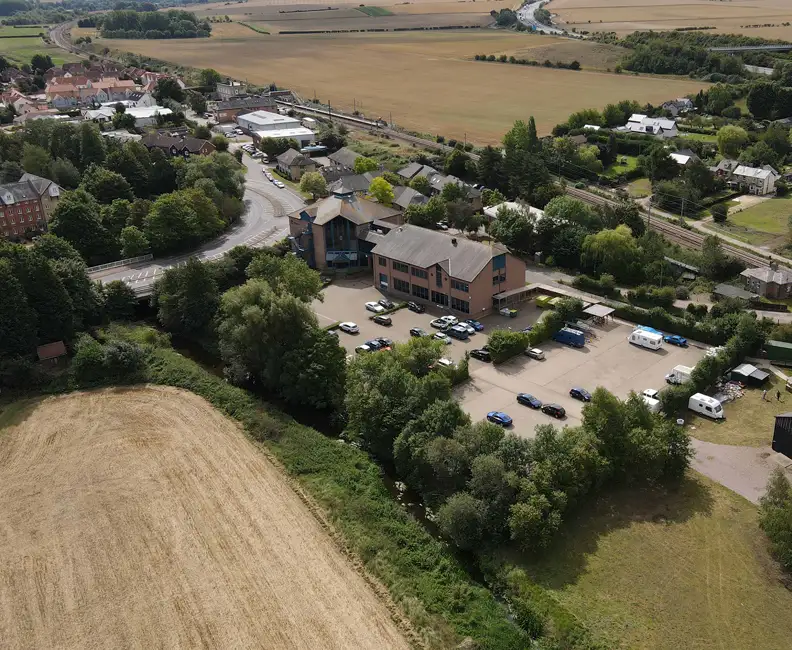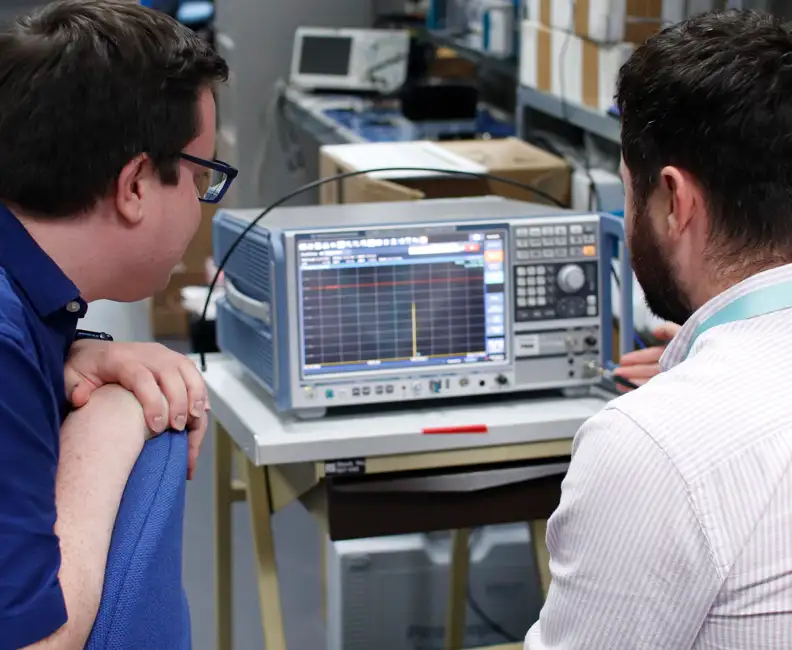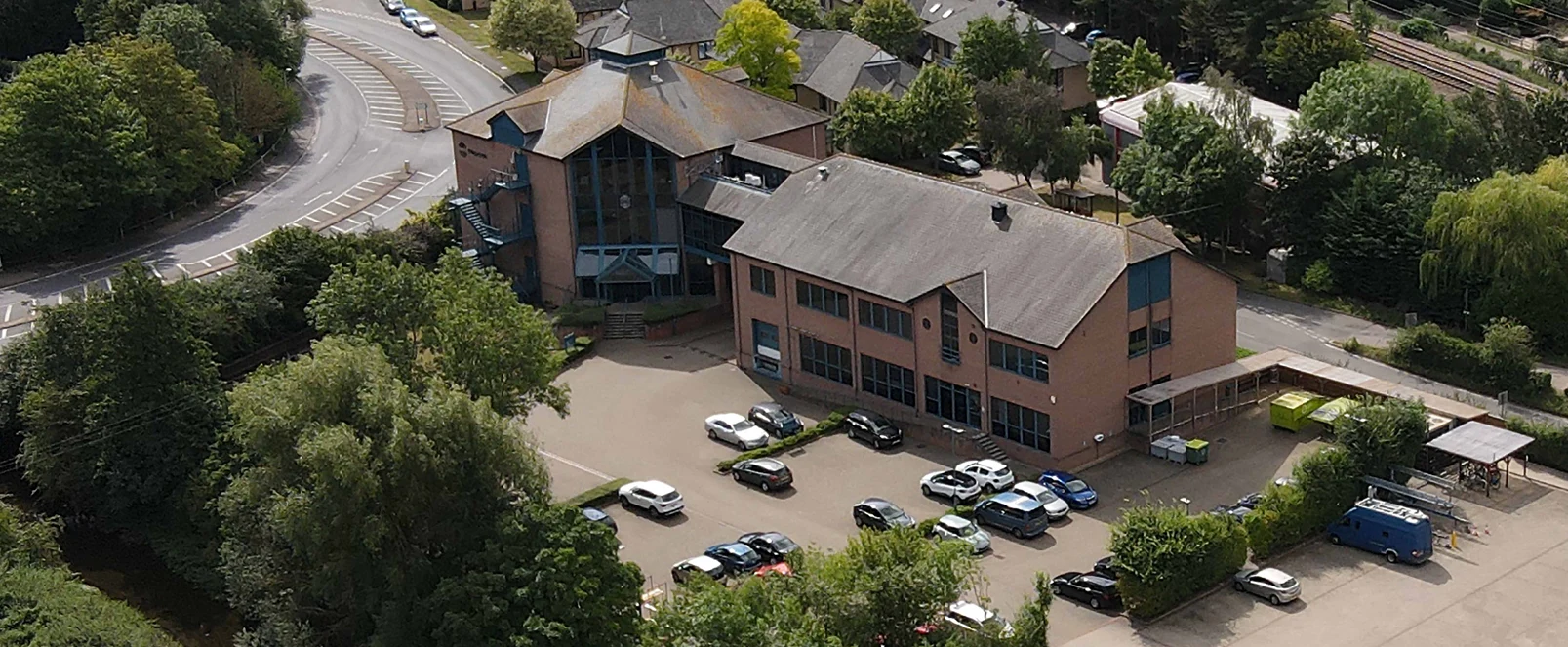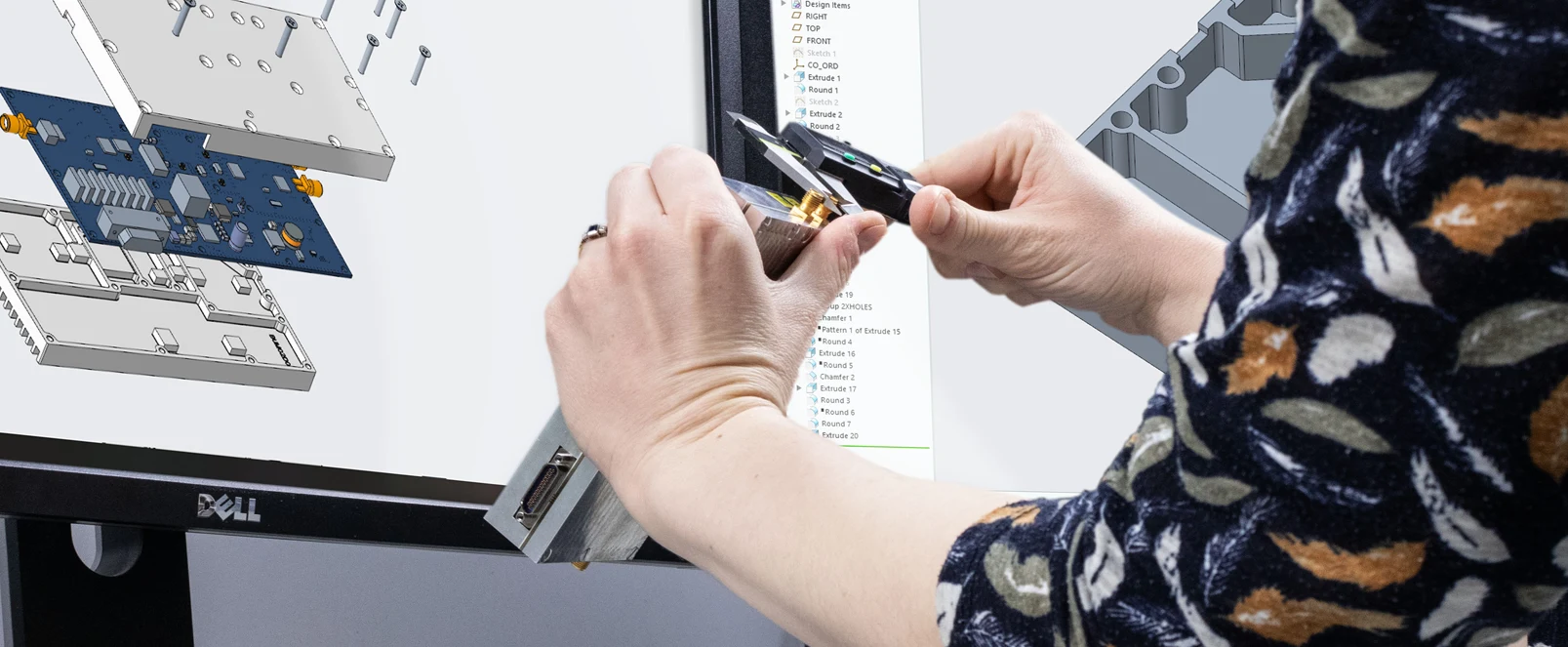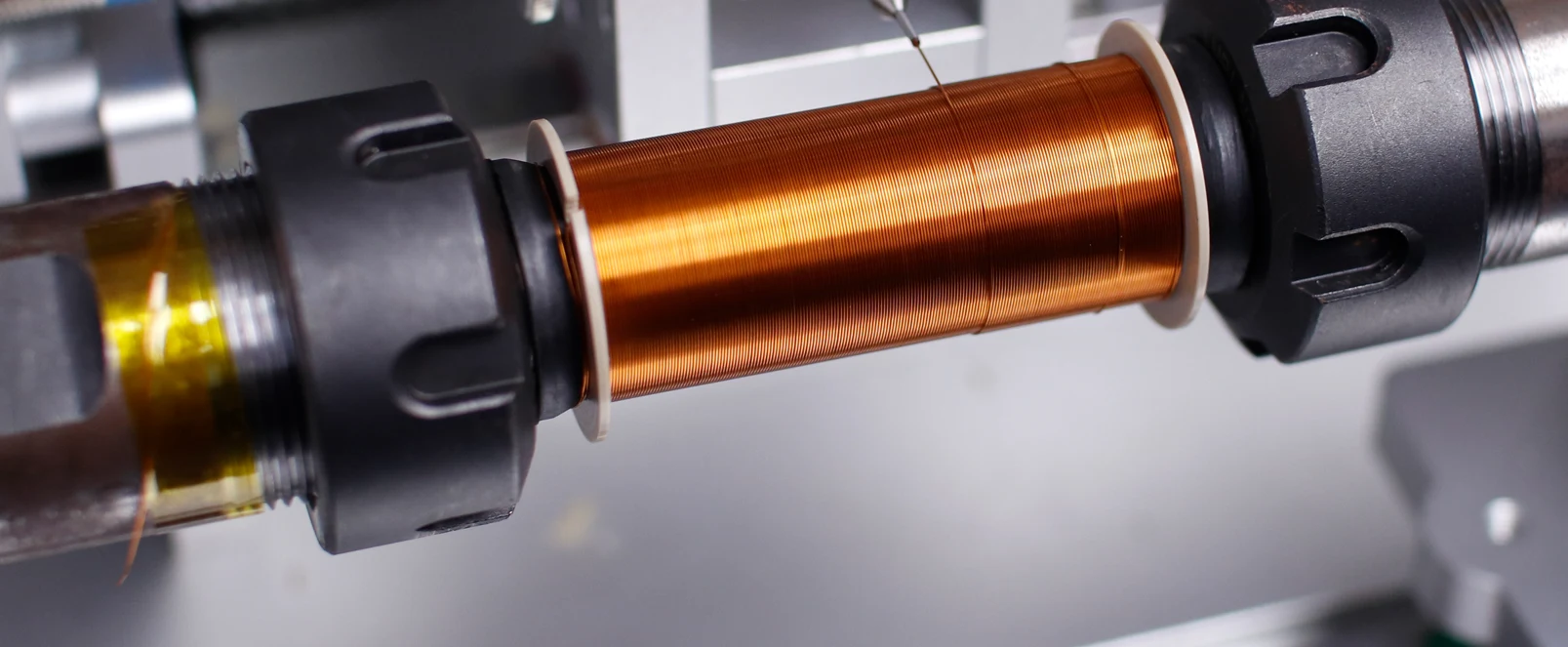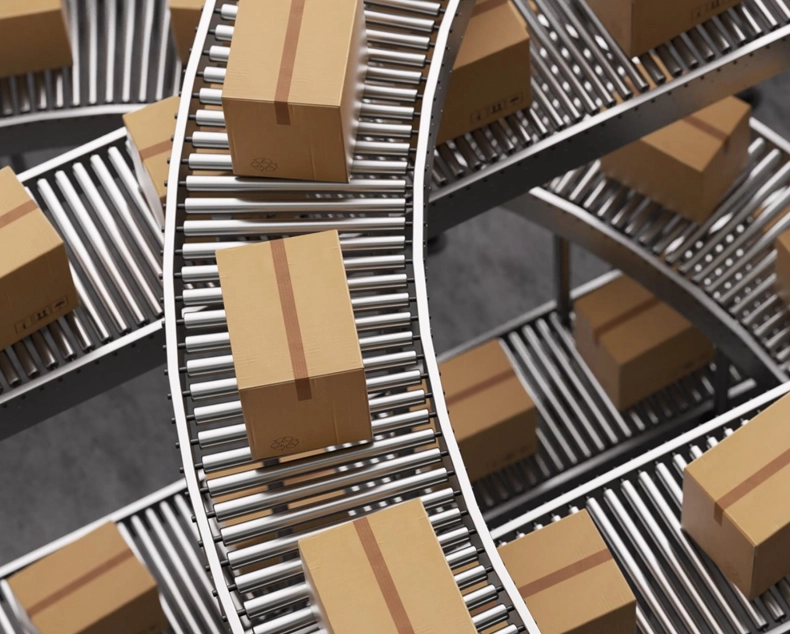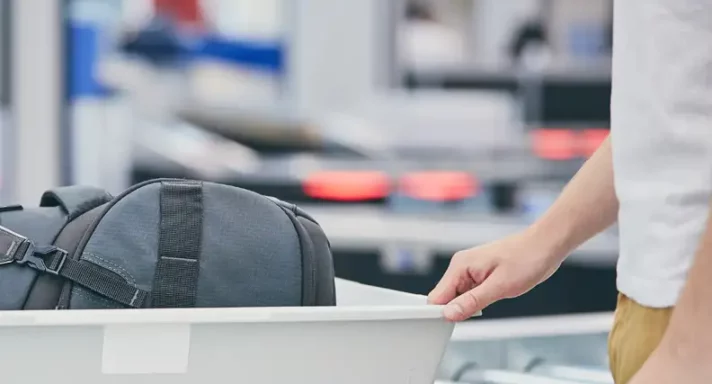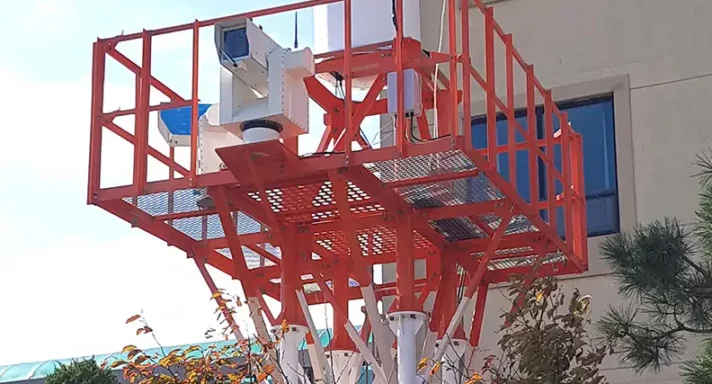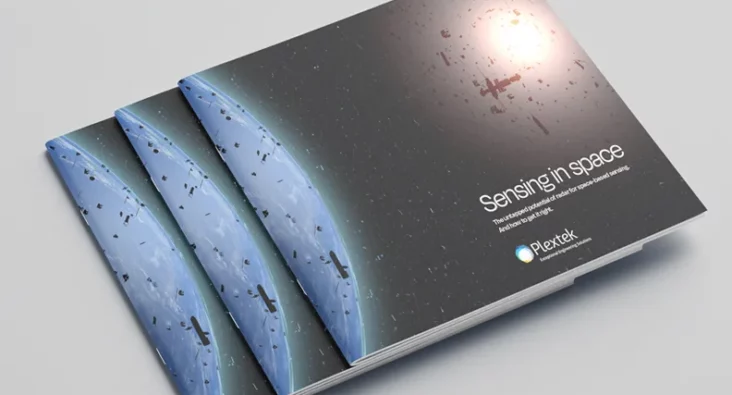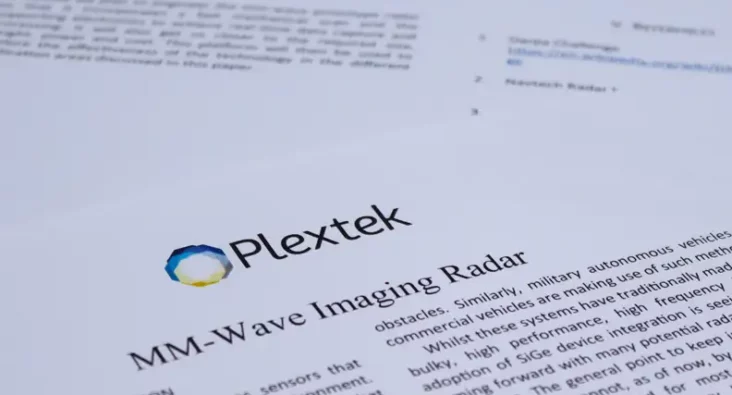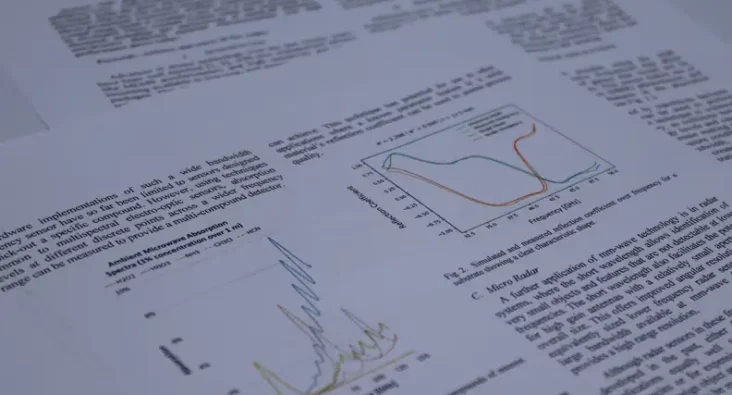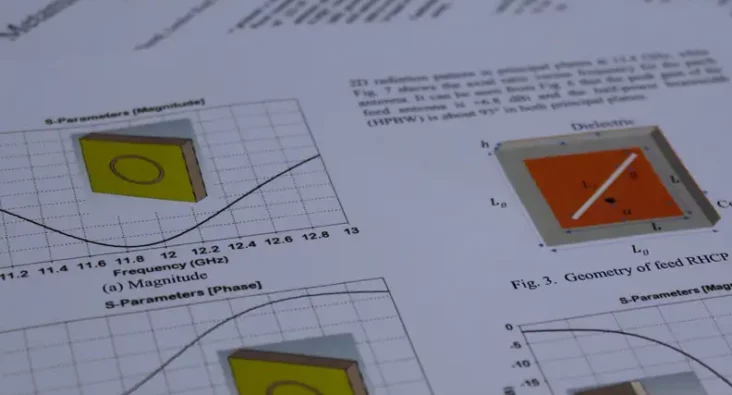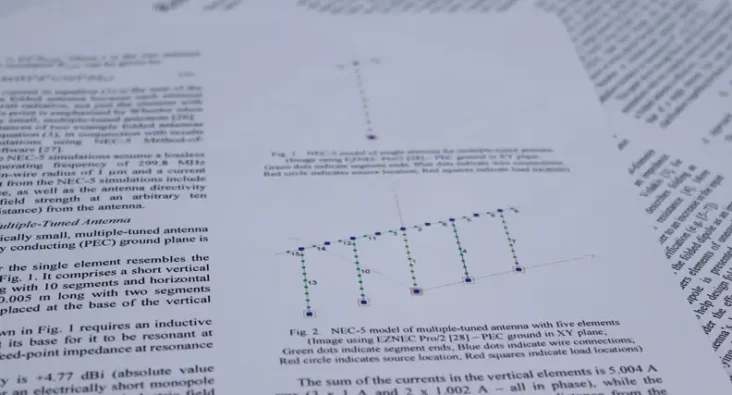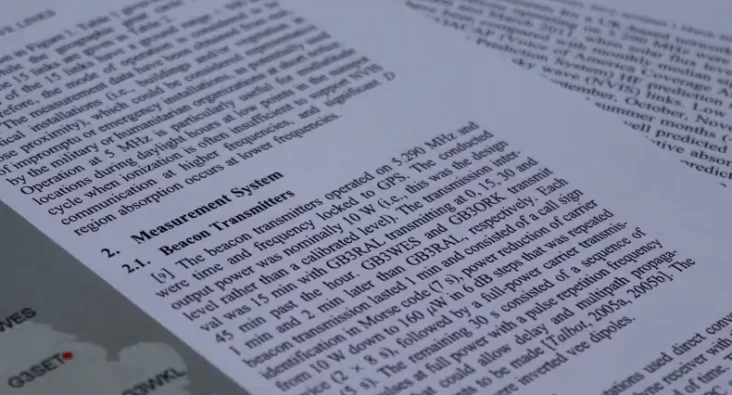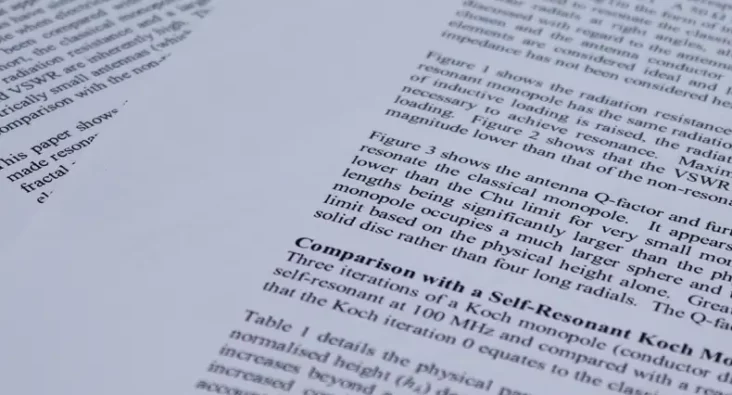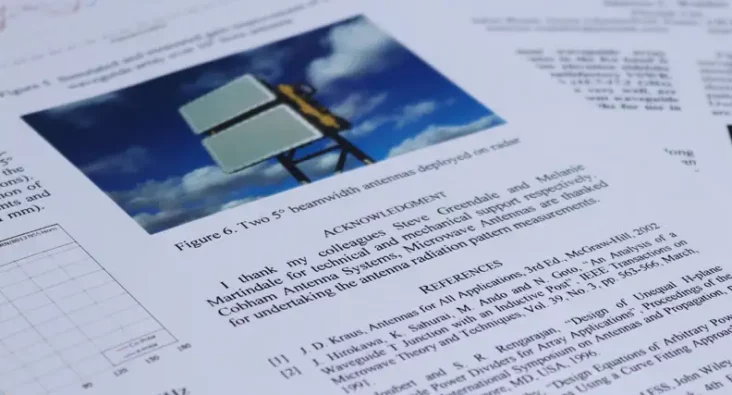The Challenge
Postal systems worldwide process millions of parcels daily through high-speed sorting hubs, creating a critical challenge for security screening. Traditional X-ray systems, while effective at detecting threats and contraband, cannot operate at the speed required for comprehensive parcel screening due to their cost and processing time. What sensor could provide a less expensive option that would still have the potential to detect relevant objects of interest?
The Approach
Previous work by Plextek, as shown in the images below, demonstrated that a 60-64 GHz mmWave imaging system with many antennas could be used to form images of objects inside a cardboard box. This included a pair of scissors, a scalpel and even a gun. AI image analysis algorithms could be developed to identify objects within these images based solely on their shape.
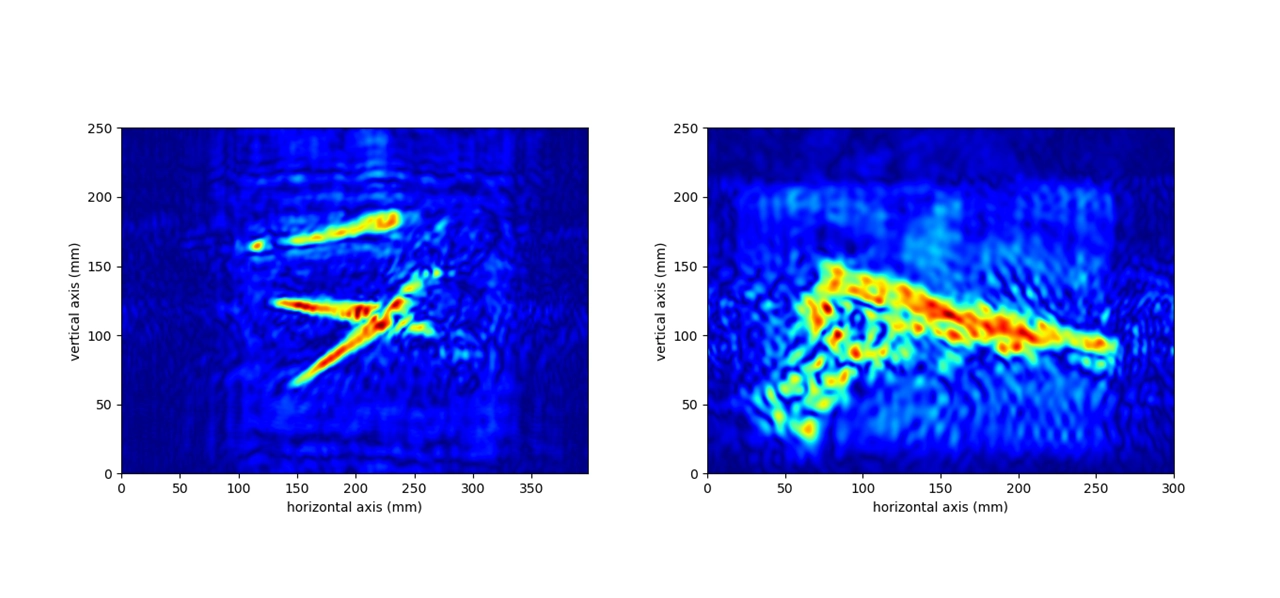
Other prior work by Plextek had demonstrated that ultrawide band mmWave sensors can estimate material composition and thickness of stacked layers (i.e. different plastics or chemicals) across a wide field of view. This demonstrated that both material composition and shape could be measured with mmWave sensors, which are typically significantly cheaper than x-ray machines.
Since both shape and/or material composition can be relevant in identifying obejcts of interest, we combined both approaches into a single measurement system. By moving an antenna to a grid of positions at close range over a set of different objects it was possible to produce a low-resolution image that contained information across a wide frequency range. This allowed the pattern of material distribution across a scene to be estimated.
The Outcome
We tested three materials side-by-side, Plasticine, metal and plastic. The resulting grid of ultrawide band mmWave measurements showed significant differences which a neural network was trained to discriminate. This demonstrated that both spatial and material discrimination is potentially possible in mmWave sensors.
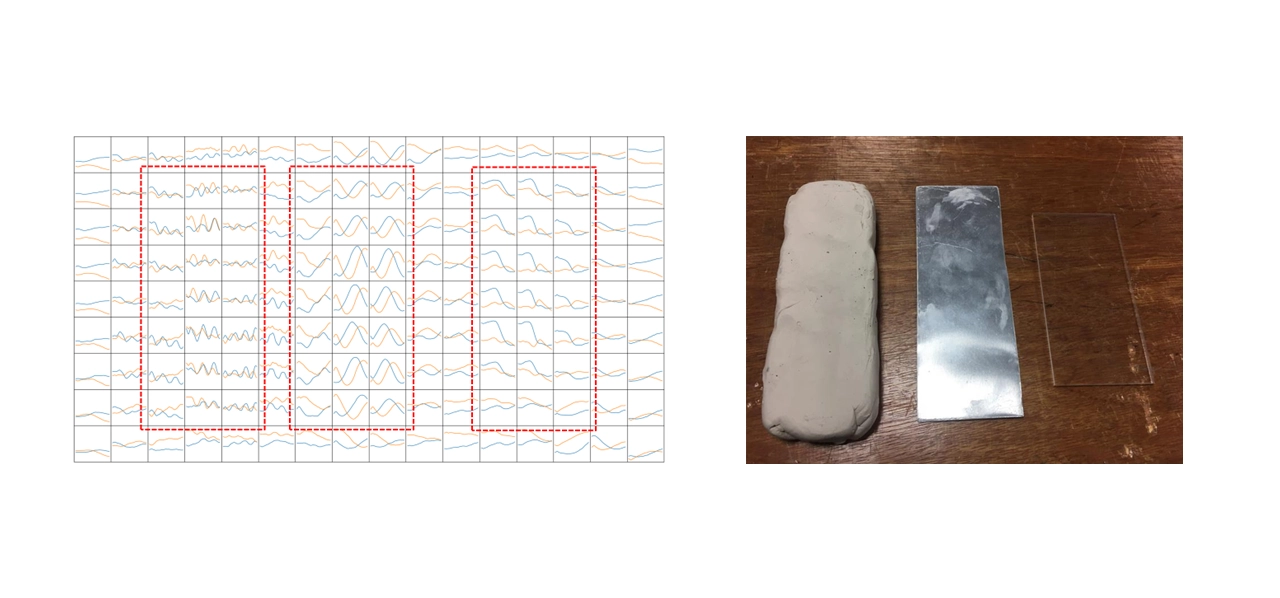
A ultrawideband mmWave sensor system with many antennas can be used for parcel screening applications. It would collect data that could be analysed using both shape and material composition to automatically identify objects of interest. An example form factor of such a system would be a 1D array of antennas that scanned the conveyor belt as the parcels moved beneath it, while an AI model searched for specific threats.
Solving engineering challenges
This mmWave sensing technology addresses more than just parcel screening in the postal system. It has direct applicability to other security problems such as screening at airports, prisons and public events. It could also be used in other industrial contexts involving conveyor belts, especially for the detection of metal behind other objects, such as the detection of foreign objects in food processing.
Plextek is uniquely placed to develop this technology as it requires expertise in both mmWave sensor design and manufacture, as well as real-time AI processing to make sense of such complex data. If this is applicable to you, then please contact us so we can explore solving your engineering challenges together.
Ready to enhance network efficiency, scalability, and adaptability?
If this technology is applicable to you, then please contact us so we can explore solving your engineering challenges together.
